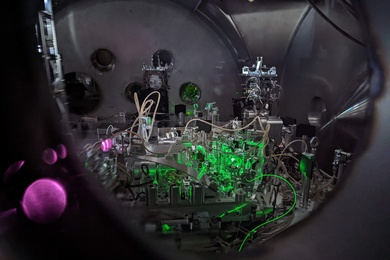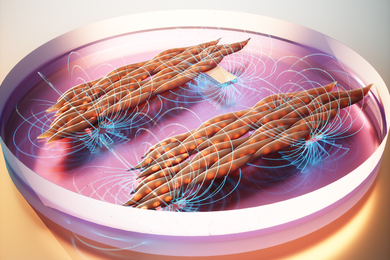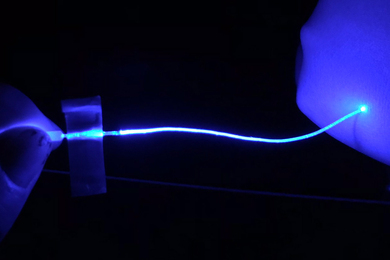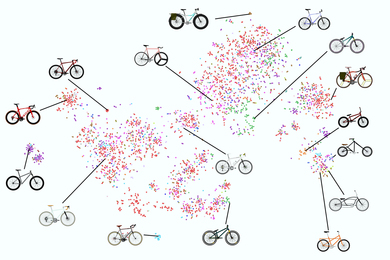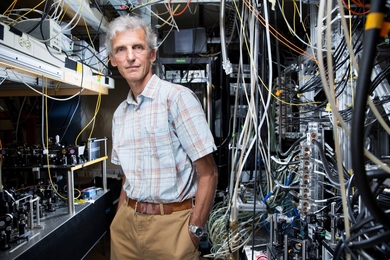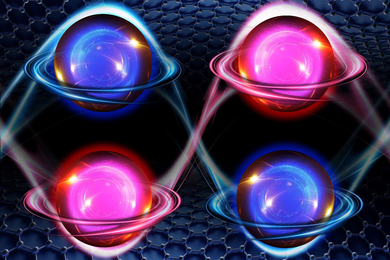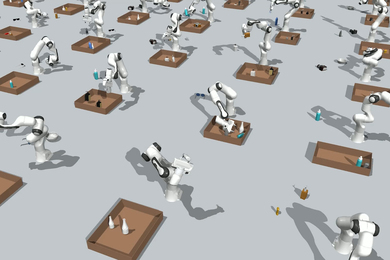Wobbly gel mat trains muscle cells to work together
The vibrating platform could be useful for growing artificial muscles to power soft robots and testing therapies for neuromuscular diseases.
Soft optical fibers block pain while moving and stretching with the body
The fibers could help with testing treatments for nerve-related pain.
To excel at engineering design, generative AI must learn to innovate, study finds
AI models that prioritize similarity falter when asked to design something completely new.
A new way to integrate data with physical objects
StructCode, developed by MIT CSAIL researchers, encodes machine-readable data in laser-cut objects by modifying their fabrication features.
MIT receives major National Science Foundation grant for quantum science
Center for Ultracold Atoms gets funding boost to “punch through tough scientific barriers and see what's on the other side.”
From a five-layer graphene sandwich, a rare electronic state emerges
A newly discovered type of electronic behavior could help with packing more data into magnetic memory devices.
Analyzing pathways to persuasion
When it comes to shaping political beliefs, MIT postdoc Chloe Wittenberg PhD ’23 finds video captivates, but might not beat text.
Germicidal UV lights could be producing indoor air pollutants, study finds
While useful for killing pathogens including SARS-CoV-2, the lights may cause unwanted chemical reactions and should be used with ventilation, researchers say.
New technique helps robots pack objects into a tight space
Researchers coaxed a family of generative AI models to work together to solve multistep robot manipulation problems.
Designing a revolution
An MIT professor and students collaborate with Chilean partners for an exhibition marking 50 years since the Allende presidency.
A method to interpret AI might not be so interpretable after all
Some researchers see formal specifications as a way for autonomous systems to "explain themselves" to humans. But a new study finds that we aren't understanding.
Study: Deep neural networks don’t see the world the way we do
Images that humans perceive as completely unrelated can be classified as the same by computational models.
MIT design would harness 40 percent of the sun’s heat to produce clean hydrogen fuel
Conventional systems for producing hydrogen depend on fossil fuels, but the new system uses only solar energy.
Thousands of programmable DNA-cutters found in algae, snails, and other organisms
New research finds RNA-guided enzymes called Fanzors are widespread among eukaryotic organisms.
